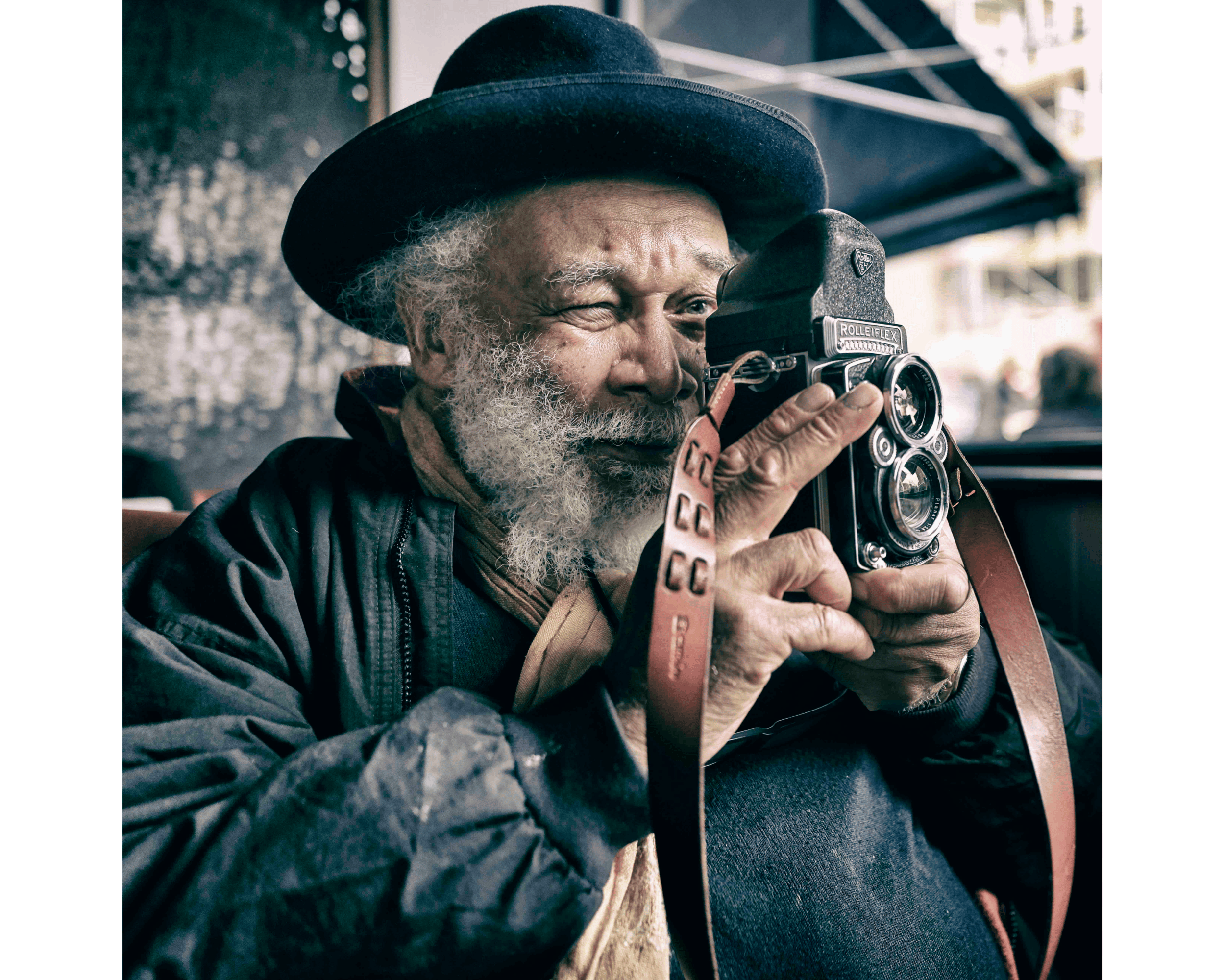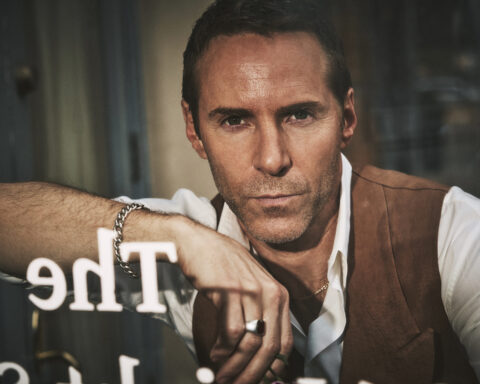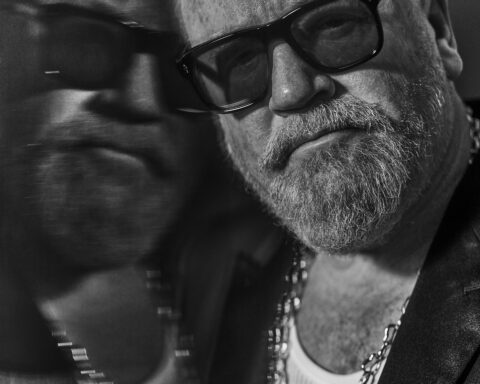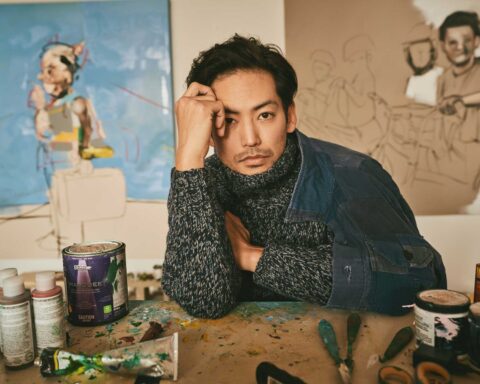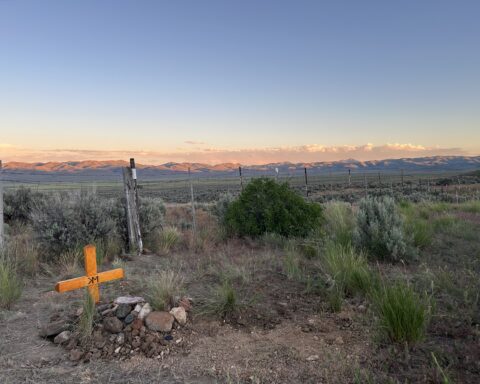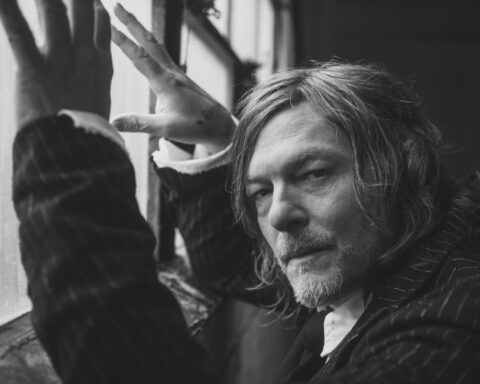In the Spring of 2021, I interviewed the legendary photographer Charlie Phillips and found him an extraordinary character; rich in talent and poignant stories. Last week, on my trip to London for Mr Feelgood business, the photographer Gavin Bond — who first made me aware of Charlie and then shot the original portraits of him for our article — surprised me by having Charlie jump on the train and come and meet me in person at Gavin’s ‘Being There’ show at Hamiltons Gallery. It was wonderful and touching to have Charlie, 79 summers young, make the special effort, catch the train and tube from his home in Surrey, and aided by a walking stick, come say hello and shake my hand. What a thrill. What an honor. He told me with a smirk that our Mr Feelgood profile had “disrupted his retirement” from growing his beloved tomatoes, and he is now being recognized for his prodigious body of photographs and invited to lecture on his life and work all over Europe. Essentially, he is enjoying a new lease on his life, his career, a long-overdue appreciation of his talent, culminating with an upcoming exhibition in Sweden, and an OBE which he will collect in February 2023. It is both humbling and deeply satisfying to know that the work we do at Mr Feelgood, highlighting such interesting people, their plights and passions, their contributions to culture and the betterment of the human experience, is beginning to make a difference. In Charlie’s own words, “They didn’t believe that I took the pictures I took.” How great it feels to fight such ignorance, shine a light on the talent of this gentleman, and underline his remarkable and important body of work. So with this in mind, we are highlighting Charlie’s ‘Who the F*** Are You?’ profile once again, originally published on May 6, 2021, with the hope that even more of you will recognize what he does and continues to do.
Charlie ‘Smokey’ Phillips is an unsung hero of urban photography, and one of Britain’s most important, yet historically overlooked, lensmen.
Jamaican-born and raised in the ghetto that was Notting Hill, west London, in the 1950s and 1960s, Charlie is a legend in his old borough, a man known for his humor and warmth, his style and his opinions. But until recent years, his achievements as a photographer went largely unnoticed outside of a few select circles. Only now, at 78 years old, is he finally getting the recognition his rich work and life deserves.
Charlie left Jamaica aged 11, taking the ocean steamer to join his parents in London, who were part of the Windrush generation. During the late 1950s, African American servicemen stationed in the UK would seek out underground parties in West London’s illegal dance halls and basement shebeens. They would arrive with rhythm and blues vinyl and all sorts of goodies, looking for a good time. Charlie received his first camera, a Kodak Brownie, by way of one such serviceman who, desperate to return to his base after a memorable night, pawned his camera to Charlie’s dad in exchange for his taxi fare. The serviceman never returned to redeem his camera, and thus Charlie’s photography journey began.
He dove right in, bought a DIY photography manual, and taught himself to make prints in his parents bath (after they’d retired to bed) and soon began amassing a thorough and intimate body of work, focusing primarily on his local community, documenting the social implications of the immigration influx, life on the streets, local musicians, African Caribbean funerals and the zeitgeist movements of that time.
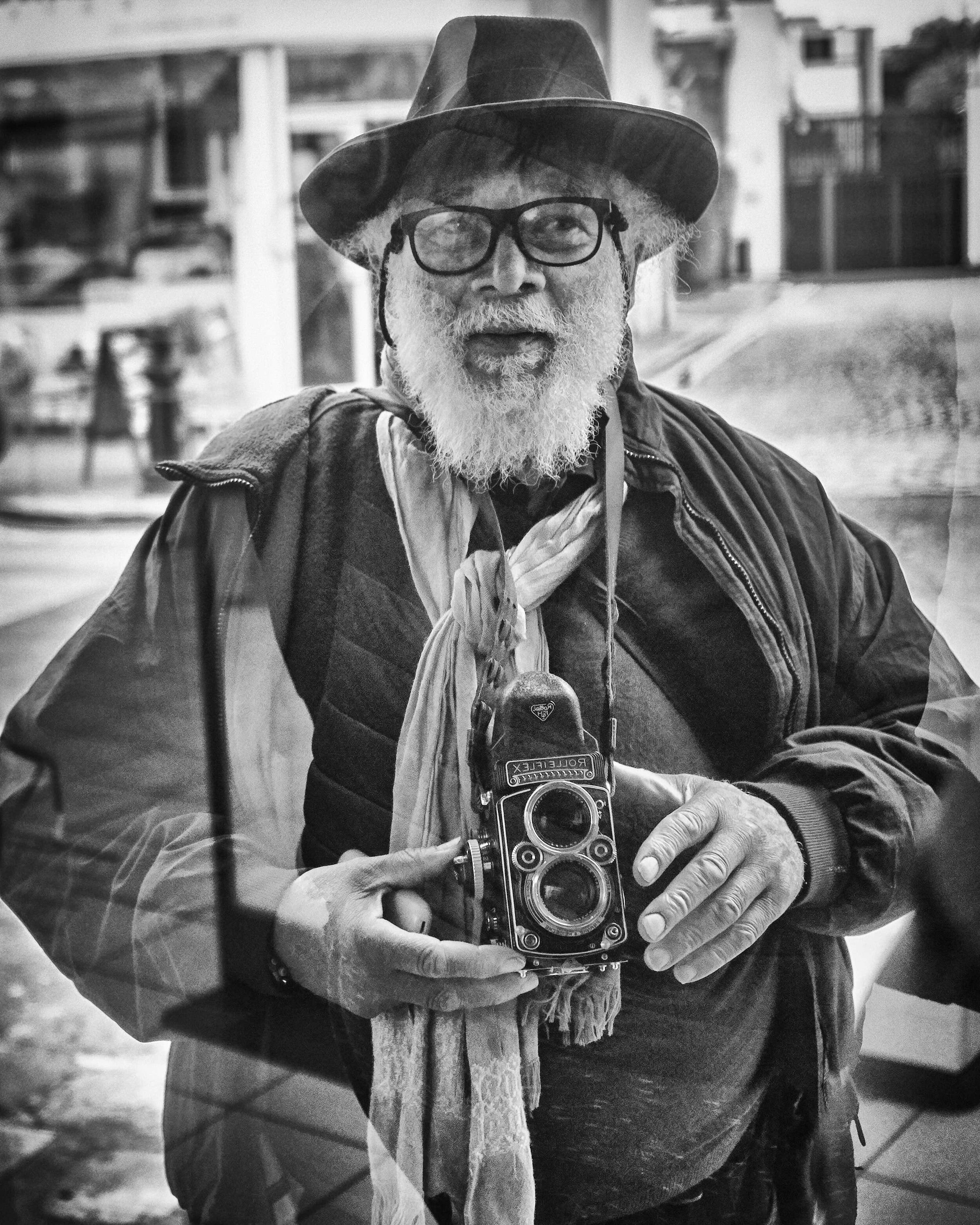
Charlie Phillips // 📸: Gavin Bond
“I was a grassroots photographer,” Charlie says. “I was just an ordinary Black guy from the ghetto – a bit radical, part of the alternative culture of that time. My associations lay with Allen Ginsberg, Dr Timothy Leary, Jack Kerouac, Che Guevara, the Beat Generation. We wanted revolution in Europe, we were anti-Vietnam. We attended festivals, marches and CND and anti-apartheid rallies. Our generation started questioning and demanding things.”
While standing in solidarity with the students during the 1968 anti-capitalist protests in Paris, Charlie witnessed the severe beating of a young man by a gendarme and decided to hit the road. He hitchhiked his way along the French Riviera and ended up in Rome. This was at the height of La Dolce Vita era when the Italian capital was the epicenter of glamor and film making. Using the famous Caffé Greco as his base, he joined the throngs of ‘paparazzo’ and earned his crust taking snaps of Marcello Mastroianni, Omar Sharif, Gina Lollobrigida, John Mills, Peter O’Toole and the Spaghetti Western actors. He even met the maestro of Italian cinema, Frederico Fellini, who cast him as an extra in his 1969 film ‘Satyricon’, and while in Milan, indulged his lifelong passion for opera working as an extra at ‘La Scala.’ In 1971, Life magazine gave him a roll of film and he headed off to Zurich to take pictures of Muhammad Ali in the run up to his fight with German champion Jurgen Blin.
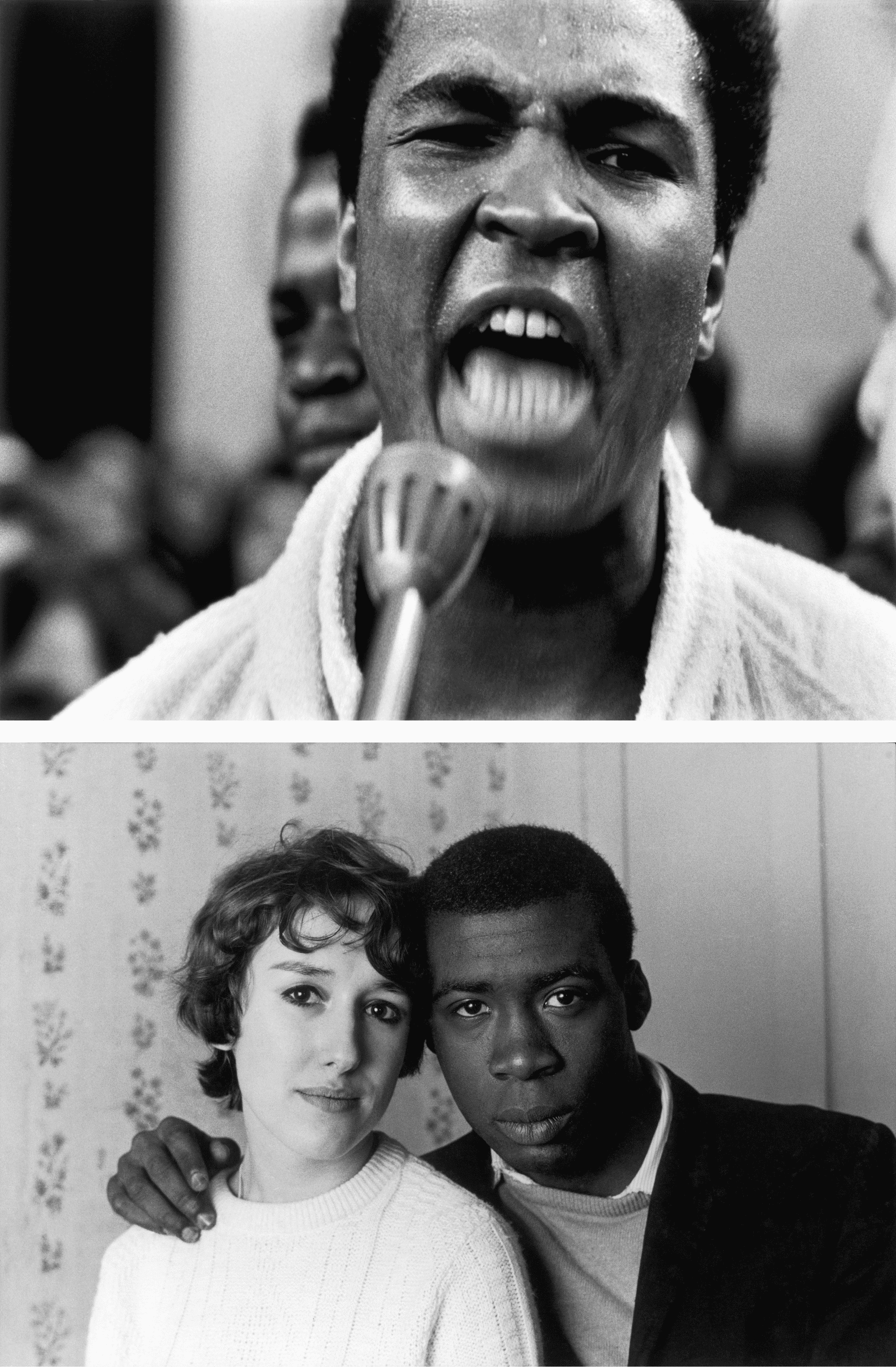
(T) Muhammad Ali, Zurich, 1971 (B) Notting Hill Couple, 1967 // © Charlie Phillips / www.nickyakehurst.com
His career really took off in Italy, with three major exhibitions and assignments for Italian Vogue, Harper’s Bazaar and Stern, but after returning to the UK, work drew to a halt. Despite an impressive portfolio, he couldn’t get hired and was consistently met with people being shocked that he’d actually taken the photographs he showed them. “Nobody believed a person of color could or should take photographs” recalls Charlie. “Did you really take that picture?” was a question regularly asked. “They thought I’d found my pics in a skip or something.”
Tired by these challenges, Charlie spent the 1970s squatting and taking part in political demonstrations and social justice movements. As an avid chef, he began creating festival food which then led him to open the very popular ‘Smokey Joe’s Diner’ in Wandsworth, south west London, which he ran successfully for 11 years.
But then in more recent times, Charlie emerged out of photographic hibernation. To celebrate Black History Month, he exhibited a ‘Streets of London’ project that was meant to run for six weeks but lasted three months. “They took me out of retirement, from my allotment, where I get my sanity back.” says Charlie, a bonafide aficionado of tomatoes. And then followed exhibitions at some of the most prestigious galleries in the world including Tate Britain, the Museum of London, and the Museum of Contemporary Art, Detroit, as Charlie’s work finally received the recognition it deserved. His photographs can also be found in the collections at London’s Victoria and Albert Museum and the Museum of the City of New York. He has published several books of his images, including ‘Notting Hill in the Sixties’ and ‘How Great Thou Art’, a beautifully honest collection of images documenting 50 years of African Caribbean funerals in London. And he hopes that someday someone will find and return his photographs of Jimi Hendrix and Bob Marley, who he shot regularly before and as they became world famous, lost while moving from squat to squat during the bohemian 1970s.
For a new generation eager to listen to one of Britain’s greatest urban visual chroniclers, Charlie continues to inspire and share his stories with a contemporary audience as an in-demand speaker. And supported by National Lottery funding, the Charlie Phillips Heritage Archive project, curated by Eddie Otchere, was launched in 2018 featuring an online archive of his work for all to enjoy. In November 2020, the artist and filmmaker Steve McQueen requested that Charlie take his portrait when he guest edited The Observer, once again returning Charlie to the forefront of popular culture.
As Yvonne Connikie, a much-valued member of Charlie’s team, says, “To this day, Charlie is still a master networker and a lover of life. Charlie continues to fuel my passion for art and culture and encourage my desire to learn, create and share.”
We are proud to feature Charlie as this week’s ‘Who The F*** Are You?’ profile and to share some of his favorite images, shining more deserved light on his fascinating life and work.
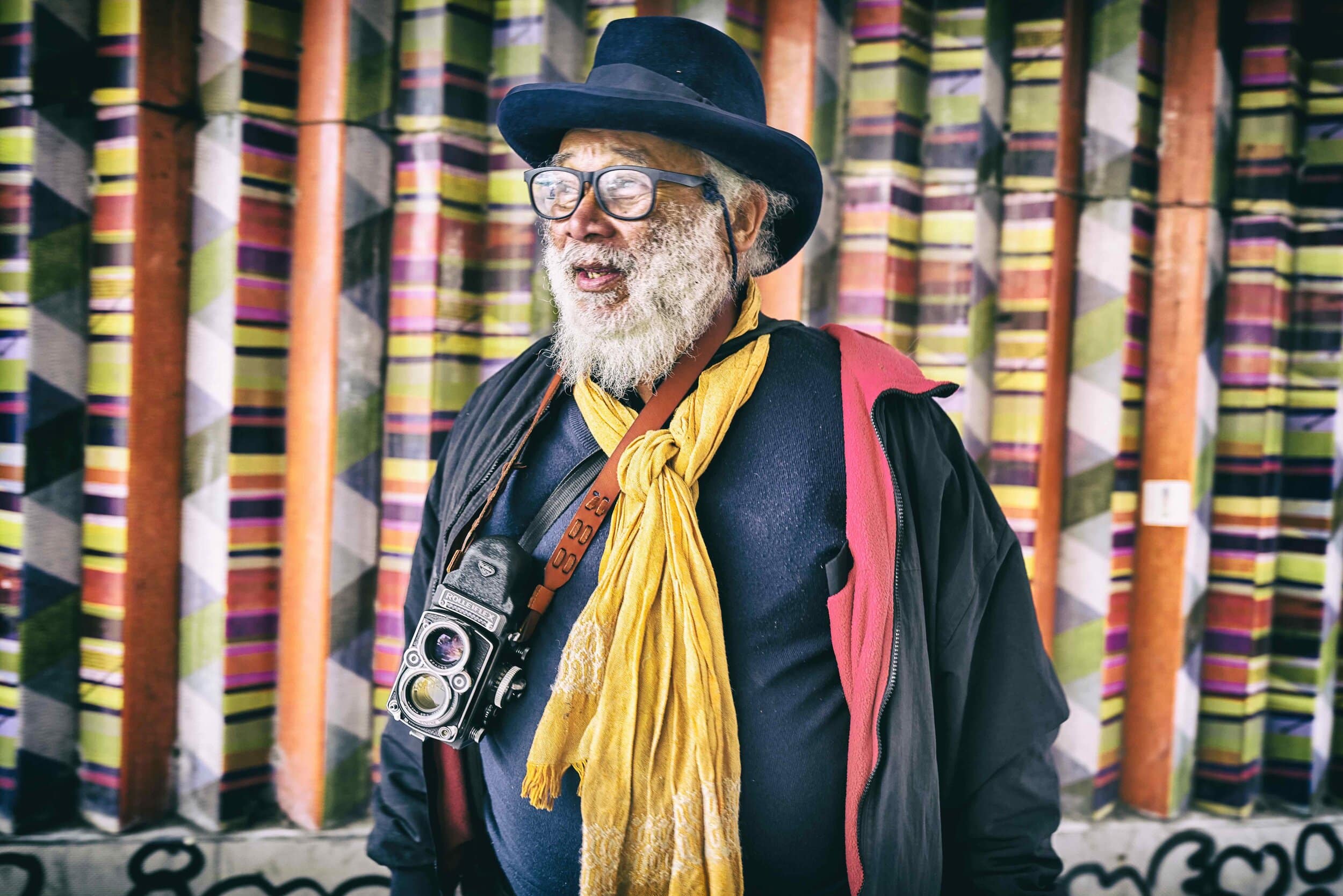
Charlie Phillips // 📸: Gavin Bond
Who the f*** are you?
Charlie Phillips, aka ‘Smokey Joe’ from the hills of St Mary, Jamaica, former home of Ian Fleming, Noel Coward, and Beres Hammond.
How are you feeling right now?
F***ed up and confused, since I’ve been retired and rediscovered. Was looking forward to spending more time in my allotment, and catching up with my reading, I still haven’t finished reading ‘War and Peace’ after 18 attempts.
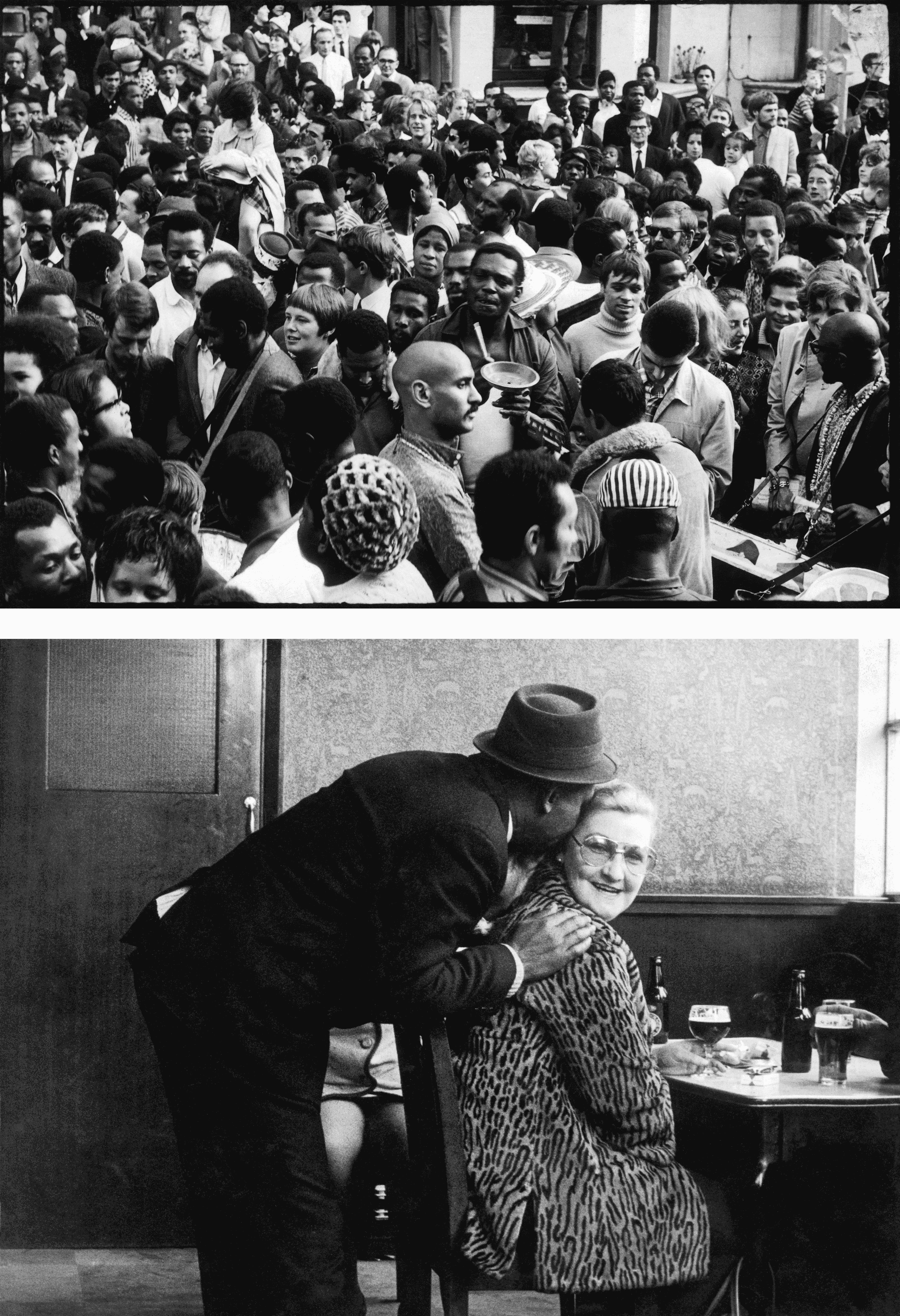
(T) The first Notting Hill Carnival, 1978 (B) The Piss House Pub, 1969 // © Charlie Phillips / www.nickyakehurst.com
Where did you grow up and what was it like?
St Mary until nine years old, Kingston until 11, then came to Notting Hill Gate, England, when it was a ghetto. Now it’s been gentrified, I’ve been priced out. So now it I live in Mitcham, Surrey. Nothing much happens here after the 10pm news, but the common is great for cycling.
What excites you?
Adventure, a challenge and winning after being the underdog.
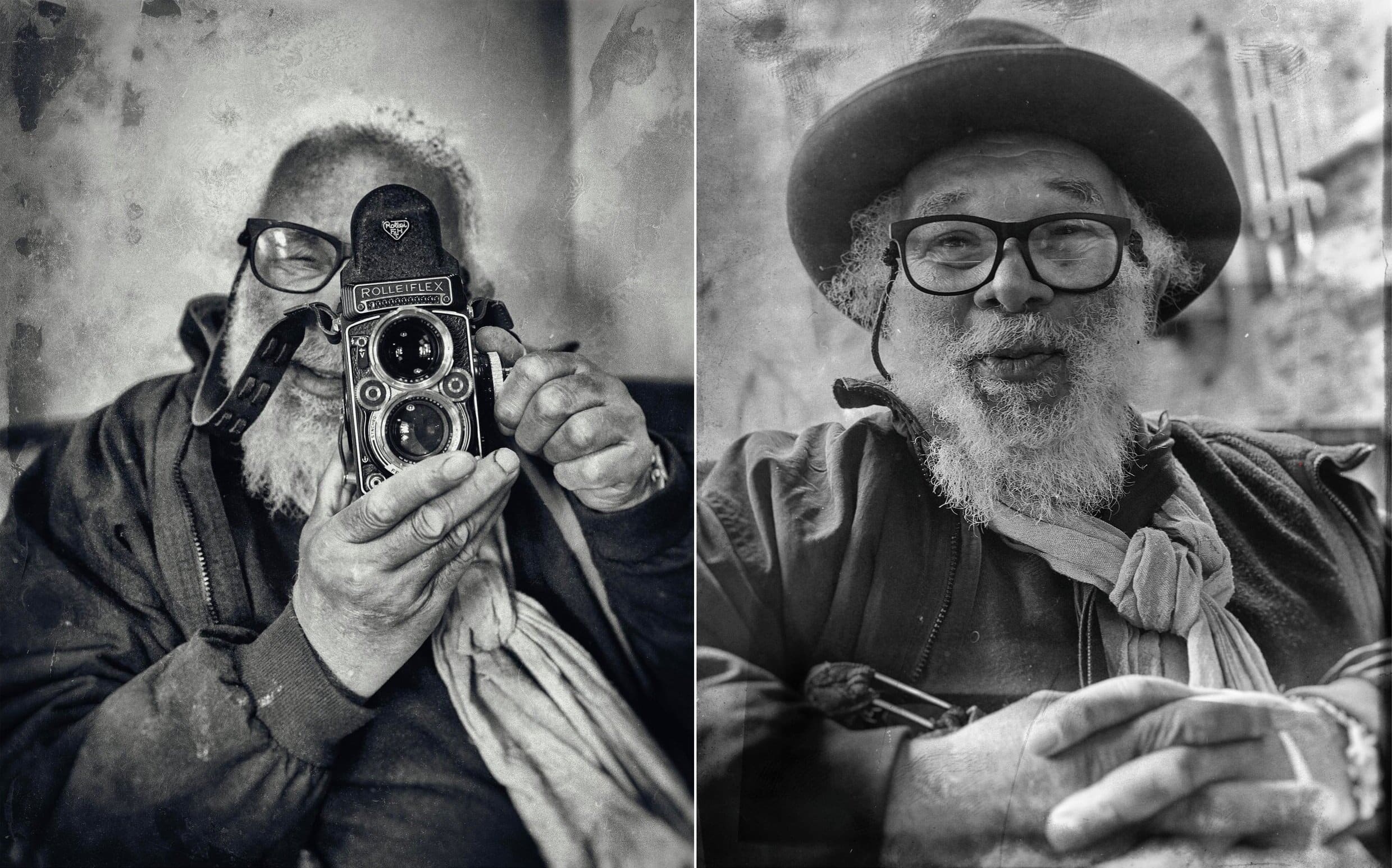
Charlie Phillips // 📸: Gavin Bond
What scares you?
Lightning. Heights. Thunder. And being in the dark.
What is your proudest achievement?
Exhibiting alongside my favourite photographer, Cecil Beaton, at the Tate Britain, being acknowledged by British historian Simon Sharma, and being recommended by Time Out who called me ‘The greatest photographer you have never heard of.” And being an extra in Fellini’s Satyricon in the Dolce Vita era, 1971.
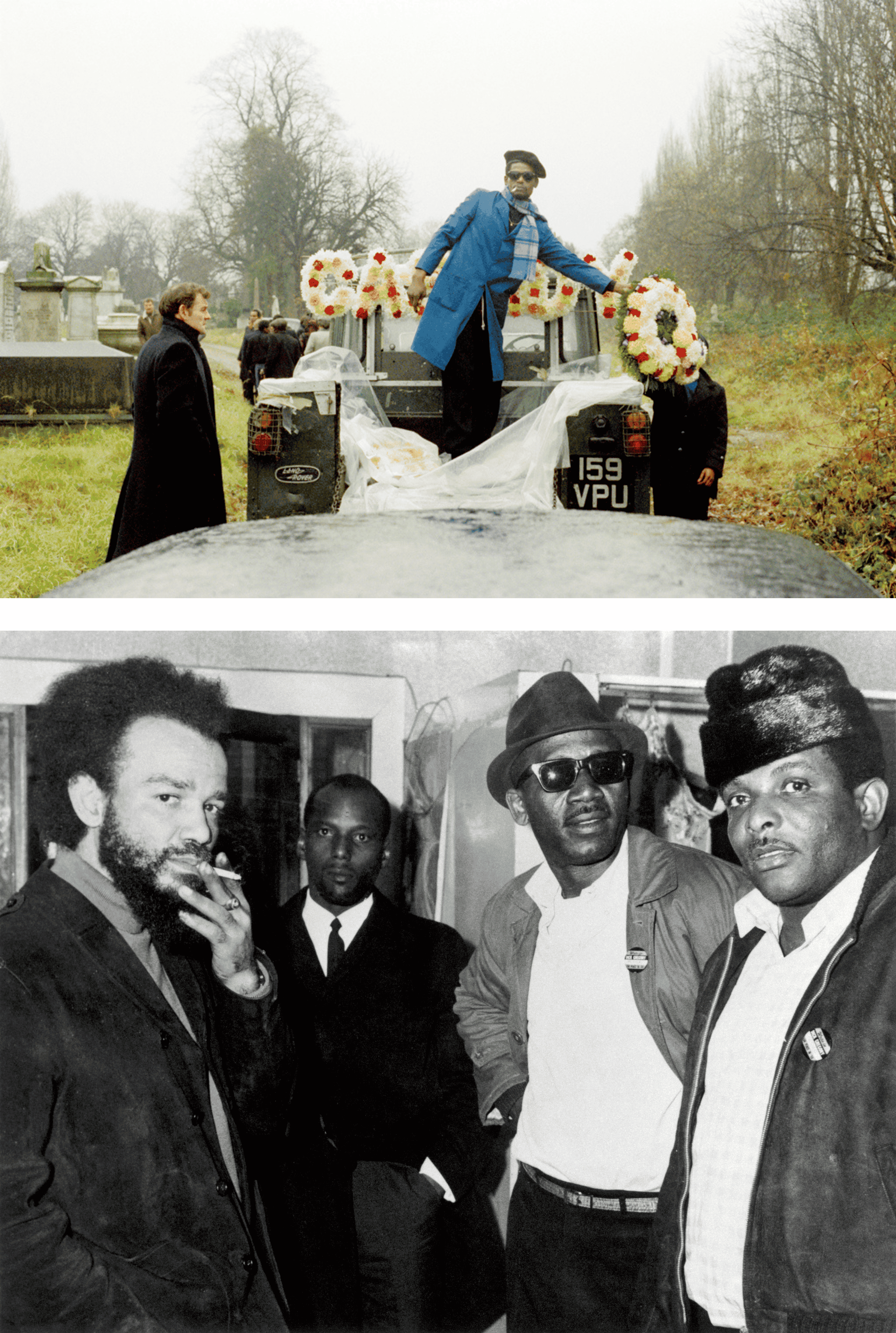
(T) Clinton at Cassidy’s funeral, Kendal Rise, 1972 (B) Michael X at the Tabernacle, W11, 1966 // © Charlie Phillips / www.nickyakehurst.com
What is the hardest thing you have ever done?
Trying to leave Glastonbury Festival the year Van Morrison played, stuck there for four days in the mud under an electric pylon sparking constantly, and the tent was flooded.
Who was your greatest mentor and what did they teach you?
Norman Rockwell, the illustrator for the Saturday Evening Post, particularly the picture called ‘The Runaway’. And Stanley Kubrick for composition .
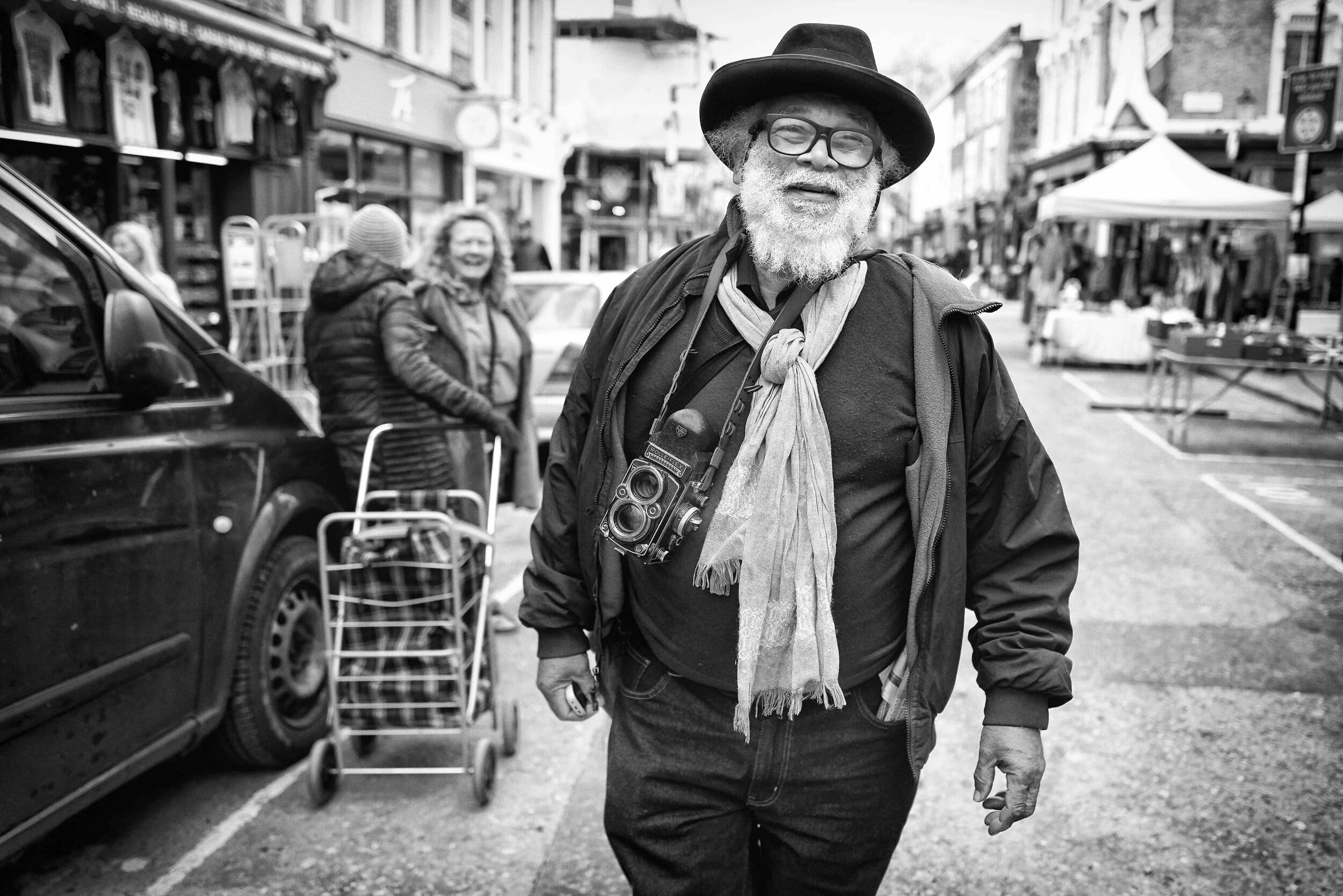
Charlie Phillips // 📸: Gavin Bond
Who are your fictional and real-life heroes?
Captain William Bligh from Mutiny on the Bounty for his amazing seafaring skills; and Muhammad Ali for his outspokeness, I photographed him many times.
What is your favorite item of clothing in your wardrobe?
A pair of Churches brogues and a Valentino cape from 1969, which I bought during the Dolce Vita era. It was the height of fashion.
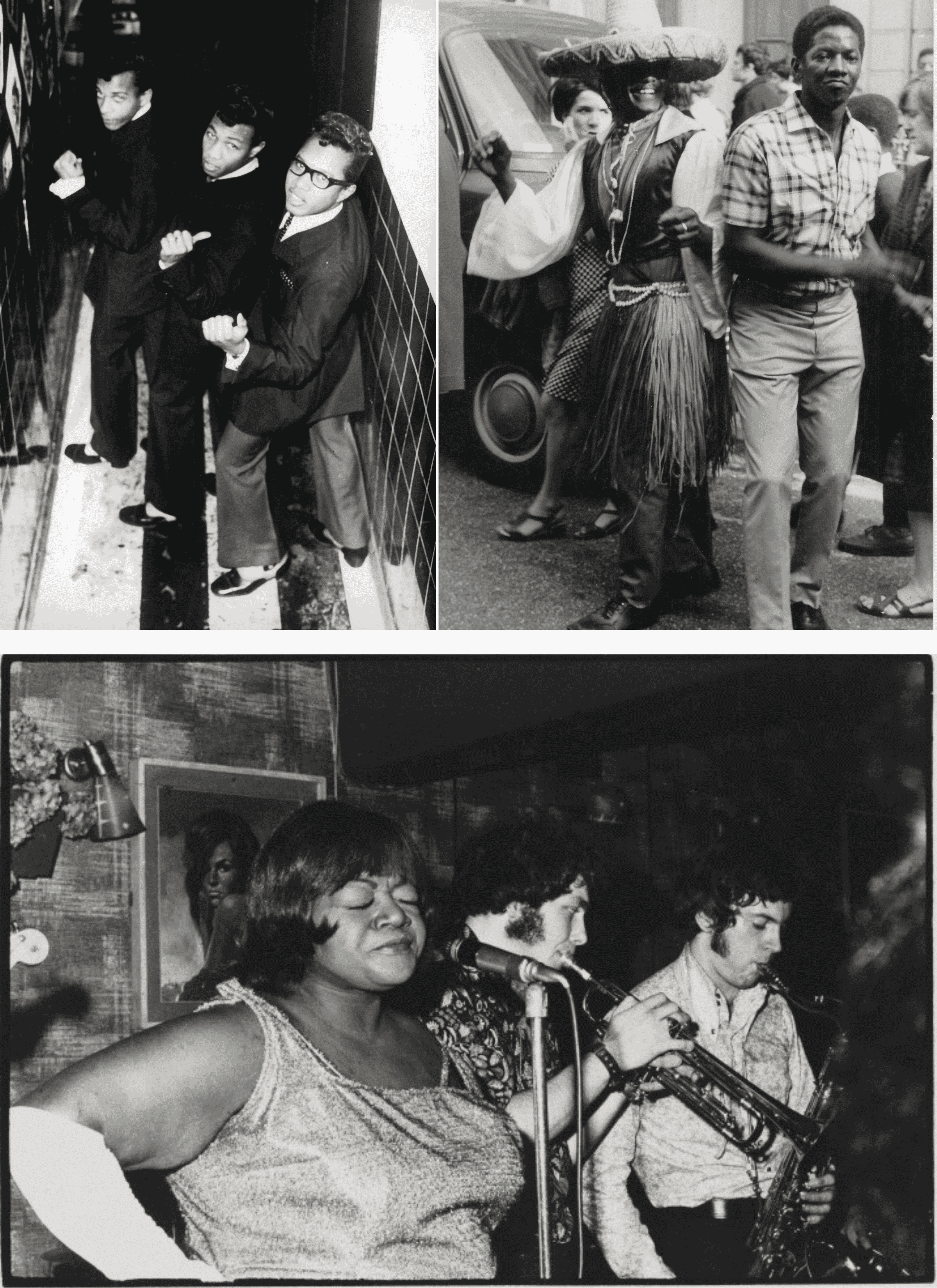
(T-L) Cue Club regulars, 1966 (T-R) Notting Hill Carnival, Ledbury Road, 1968 (B) Big Maybelle, Cue Club, 1966 // © Charlie Phillips / www.nickyakehurst.com
What music did you love aged 13 — and do you still love it now?
Dave Brubeck, the ‘Jazz Goes To College’ era, and Giuseppe Verdi’s ‘Aida.’ I still love them now.
What is the most inspiring book you have ever read?
Jack Kerouac ‘On the Road.’
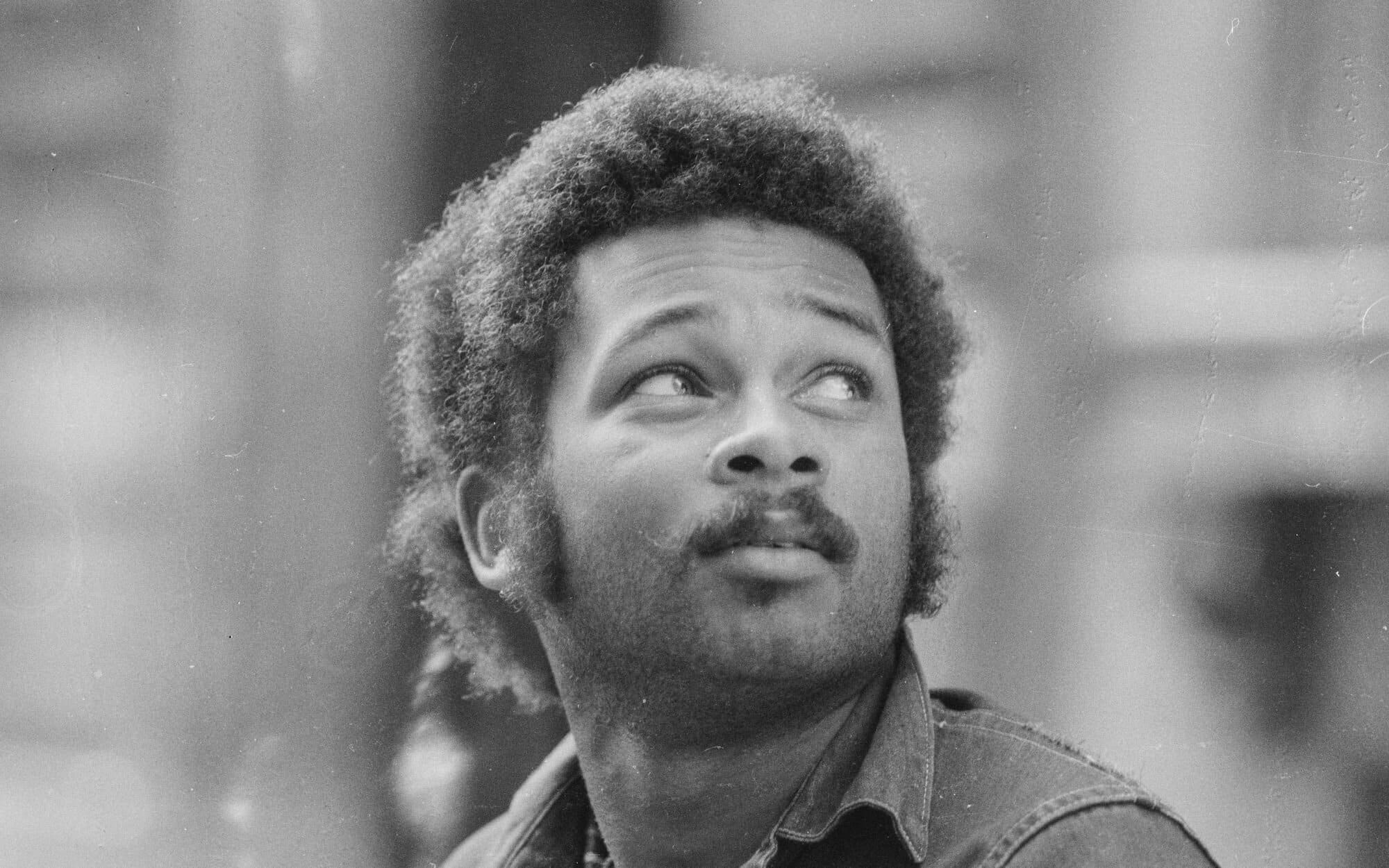
Charlie as a young man
What is a movie that has left a lasting impression on you?
‘Citizen Kane’ and ‘Doctor Strangelove’ for photography, ‘October’ by Sergei Eisenstein for lighting.
What is your favorite word or saying?
Never look down at anyone because when you are down you will be looking straight at them.
What do you want people to say at your funeral?
I have been misunderstood because I was ahead of my time.
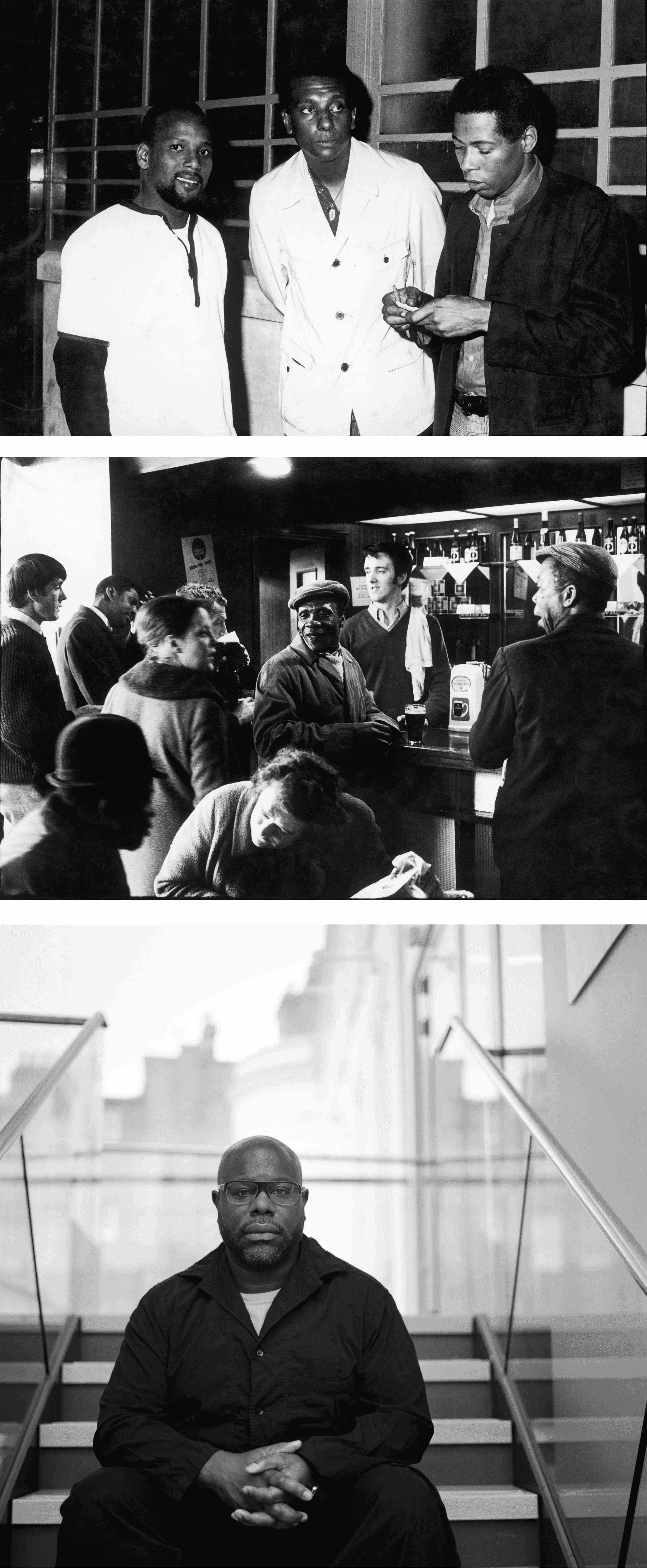
(T) American radical Stokely Carmichael (center) at the Cue Club, 1967 (M) The Piss House Pub, 1969 (B) Steve McQueen, 2020 // © Charlie Phillips / www.nickyakehurst.com
And finally, a quickfire five favorites …
Car?
Volvo estate
Sports team?
I am into horses and boxing. Muhammad Ali especially.
Meal?
Wild cooking over wood and French food from Provence.
Grooming product?
Old Spice.
Clothing label?
Van Heusen shirts, Austin Reed and Burberry

Charlie Phillips // 📸: Gavin Bond
*Check out Charlie on Instagram @charlierootsfoto, or see his portfolio here . Those interested in buying Charlie’s photographs can contact Nicky at na@nickyakehurst.com.


